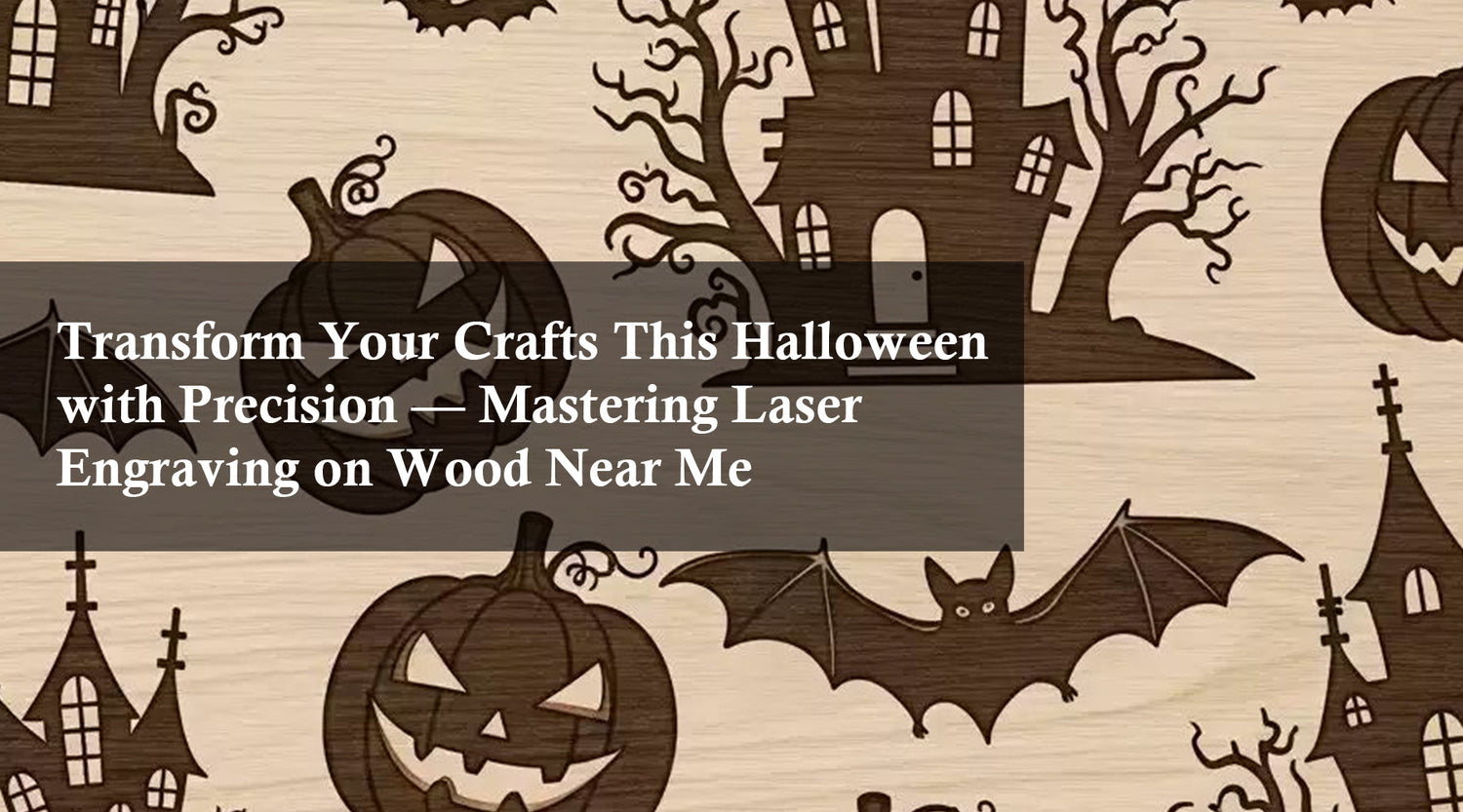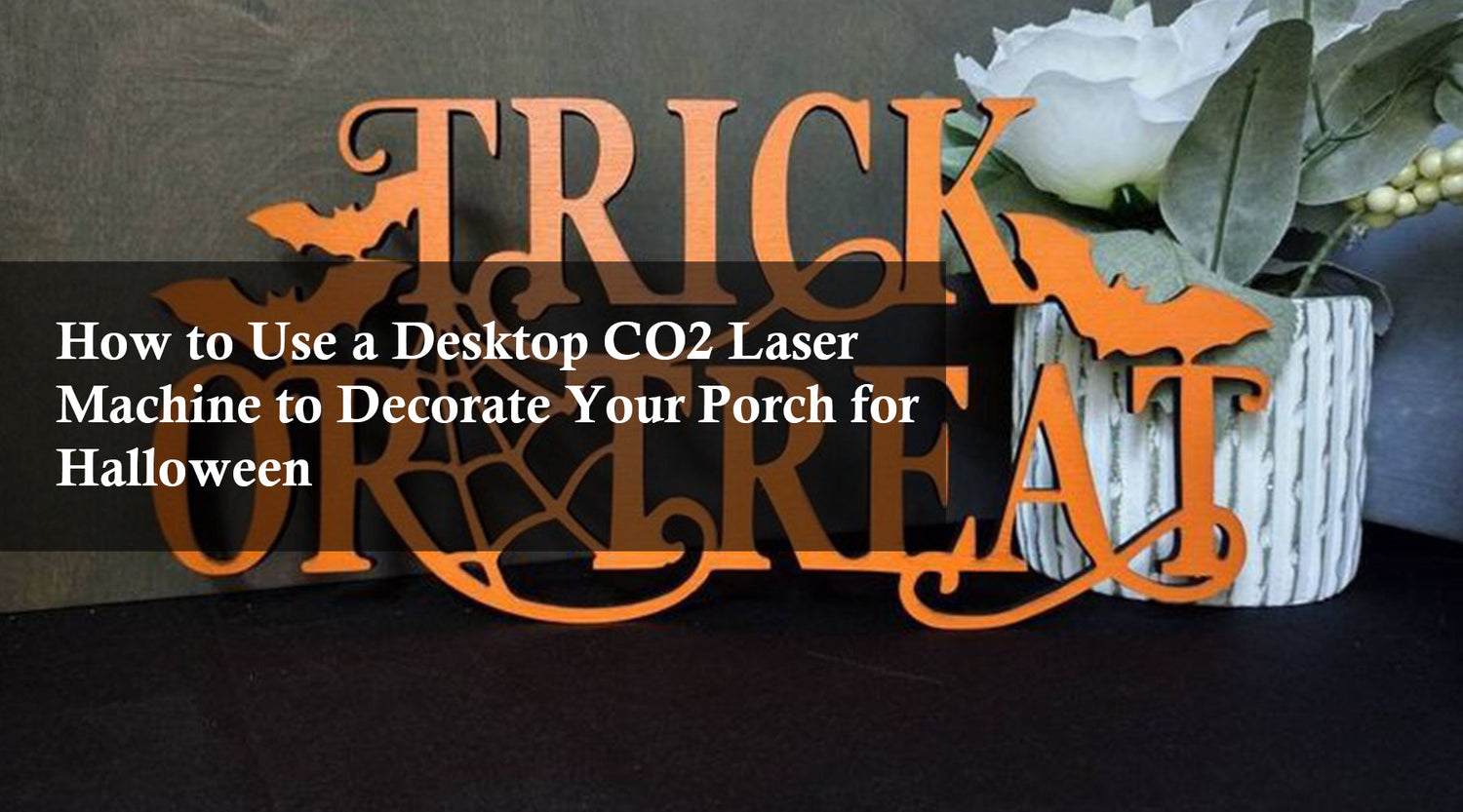When it comes to working with metals, precision, and versatility are key. Whether you're looking to cut metal for industrial purposes or simply engraving a design, the tools you use can make all the difference. Laser for metal cutting is an advanced technology that has revolutionized the way we approach metalwork. Additionally, knowing how to remove engraving on metal can be equally important, especially when corrections or adjustments are needed. In this article, we'll explore the benefits of using a laser for metal cutting, and provide a detailed guide on how to remove engravings from metal surfaces.
Introduction: Laser for Metal Cutting and How to Remove Engraving on Metal
Monport GPro 30W Split MOPA Fiber Laser Engraver & Marking Machine With Manual Focus
Read More : Mastering Metalwork: What to Use to Engrave Metal with a 50W MOPA Fiber Laser
Metalworking has progressed rapidly with laser technology. Using a laser for metal cutting offers unmatched accuracy and efficiency. However, errors can occur—and that’s where knowing how to remove laser engraving from metal becomes valuable. This knowledge can save both time and materials, enabling clean corrections without compromising quality.
This guide highlights the powerful capabilities of the Monport GPro 30W Split MOPA Fiber Laser Engraver and shares professional insights into how to remove laser engraving from metal using both traditional and advanced methods.
Why Choose Laser for Metal Cutting?

Precision and Accuracy
Laser technology enables clean, intricate cuts with minimal material loss. When dealing with metals—especially in precision work—accuracy is essential not only for creation but also when you need to correct errors or revise a project. That’s when you’ll want to know how to remove laser engraving from metal effectively.
Versatility Across Materials
Laser cutters work across various metals like stainless steel, aluminum, and brass. This flexibility is vital for industries such as automotive, aerospace, and electronics. It’s also helpful when modifying work, including when you need to learn how to remove laser engraving from metal for custom adjustments or rebranding.
Speed and Efficiency
Laser cutting offers fast processing times. Projects that used to take hours now take minutes. If you ever need to redo or fix engraved sections, using fast and accurate techniques for how to remove laser engraving from metal ensures that you can maintain your workflow without costly delays.
How to Remove Engraving on Metal: Methods and Techniques
Mechanical Methods
Using sanding or grinding tools is one of the oldest techniques for how to remove laser engraving from metal. While these methods can be effective, they may leave surface scratches or require polishing afterward.
Chemical Etching
Chemical removal involves applying a solution to dissolve or lighten the engraved area. This is a potential method for how to remove laser engraving from metal, but it must be done cautiously as it can alter the metal’s surface finish and pose safety risks.
Laser Removal
Using a laser itself to remove prior engravings is one of the most precise and clean methods. In fact, machines like the Monport GPro 30W Split MOPA Fiber Laser Engraver can be fine-tuned to carefully erase existing marks. This is the most modern and reliable answer to how to remove laser engraving from metal while preserving the rest of the surface.
The Monport GPro 30W Split MOPA Fiber Laser Engraver: Ideal for Metal Engraving

High Precision Engraving
The Monport GPro 30W Split MOPA Fiber Laser Engraver is designed for high-precision engraving on metal surfaces. Its advanced laser technology allows for detailed designs, logos, and text to be engraved with utmost accuracy. Whether you're working on intricate jewelry or large metal plates, this machine ensures that every detail is captured perfectly.
Versatility in Application
This laser engraver is not just limited to engraving; it can also be used for marking and cutting. The ability to switch between different modes makes it a versatile tool for various metalworking applications. Whether you're looking to engrave a design or cut through metal, the Monport GPro 30W can handle it all.
Easy to Use with Manual Focus
One of the standout features of the Monport GPro 30W Split MOPA Fiber Laser Engraver is its manual focus capability. This feature allows users to easily adjust the focus of the laser to achieve the desired depth and precision. It's particularly useful when working with metals of varying thicknesses, ensuring consistent results every time.
Key Takeaways
- Laser for metal cutting offers unparalleled precision, speed, and versatility, making it an essential tool in modern metalworking.
- Understanding how to remove engraving on metal can save time and materials, allowing for corrections without compromising the metal's integrity.
- The Monport GPro 30W Split MOPA Fiber Laser Engraver is an ideal choice for metal engraving, offering high precision, versatility, and ease of use with manual focus.
- Whether you're cutting, engraving, or marking metal, the right tools and techniques are crucial for achieving professional results.
Q&A About Monport Laser Engravers
Q: What makes the Monport GPro 30W Split MOPA Fiber Laser Engraver ideal for metal engraving?
A: The Monport GPro 30W Split MOPA Fiber Laser Engraver is designed with advanced laser technology that allows for high-precision engraving on metal surfaces. Its versatility, ease of use, and ability to handle various metal types make it an ideal choice for both professionals and hobbyists.
Q: Can the Monport GPro 30W be used for other materials besides metal?
A: Yes, while it is optimized for metal, the Monport GPro 30W can also be used on other materials, such as plastics and ceramics. However, its primary strength lies in its ability to engrave, mark, and cut metal with precision.
Q: How does the manual focus feature benefit the user?
A: The manual focus feature allows users to adjust the laser's focus based on the material's thickness and the desired engraving depth. This ensures consistent and accurate results, making it easier to achieve the perfect finish on every project.
Q: Is laser removal a safe method for removing engravings from metal?
A: Yes, laser removal is a safe and effective method for removing engravings from metal surfaces. It offers precision and control, allowing you to remove only the engraved area without damaging the surrounding metal.
Conclusion
Modern metalworking has been transformed by fiber laser technology. Whether you’re cutting, marking, or engraving metal, precision tools like the Monport GPro 30W Split MOPA Fiber Laser Engraver are essential. And when you need to fix or revise work, knowing how to remove laser engraving from metal becomes an invaluable skill.
From creation to correction, the Monport GPro 30W gives you total control. Whether you’re crafting new pieces or cleaning up existing ones, this tool ensures that every project meets your highest standards—engraved or re-engraved.










